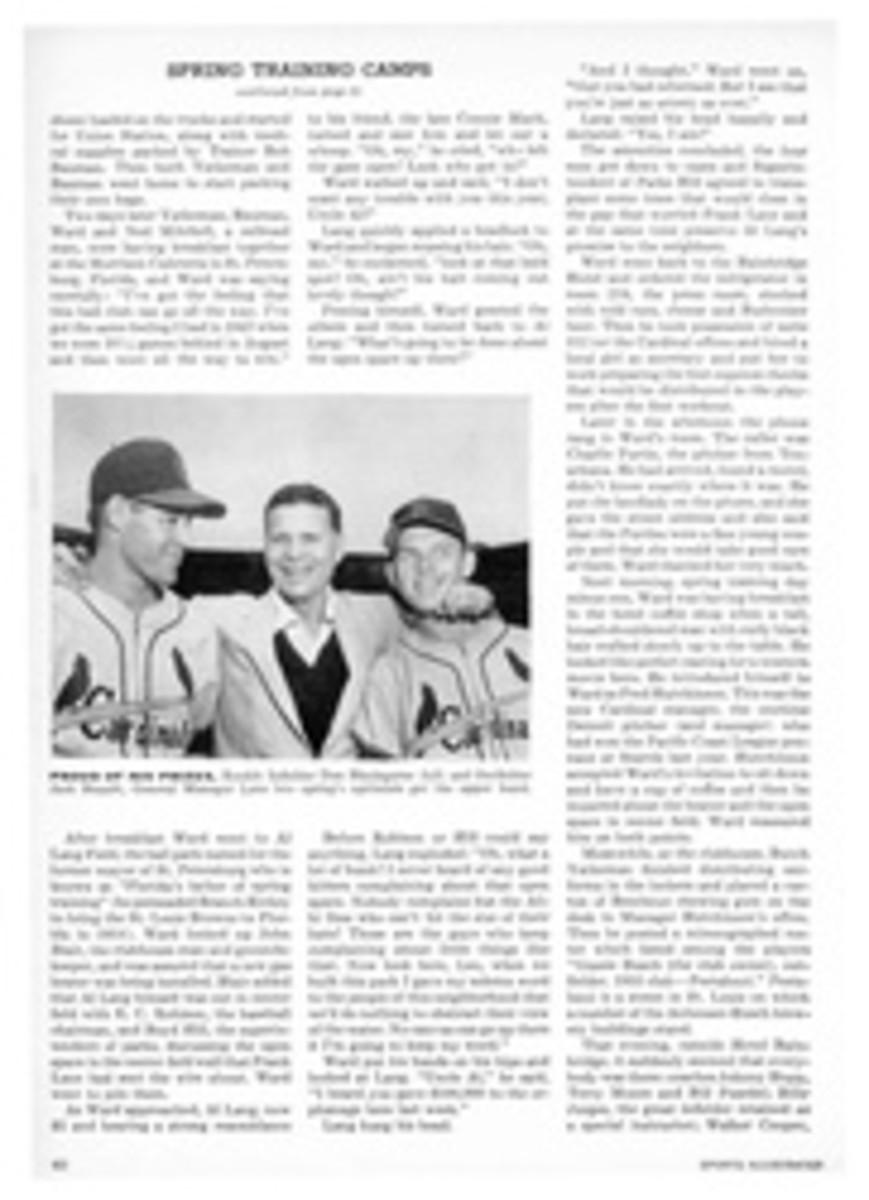
A SOLEMN WARNING ON THE DANGERS OF AVALANCHES AND A FEW TIPS ON SPOTTING THE BASIC CONDITIONS FROM WHICH THEY CAN DEVELOP
It is natural that as a skier becomes more proficient he will travel to bigger mountains and steeper slopes. In due course, he may get to sections of ski country where the danger of avalanches must be taken into consideration. Of course, as long as he is in an organized ski area, he knows that snow conditions will be watched by the ski patrol or forest rangers. These men either explode dangerous accumulations of snow or set up restricted areas during the danger. All the skier has to do is keep posted.
In an unorganized area, however, the skier is on his own. He would do well to travel with skiers experienced in the detection of avalanche conditions. Contrary to popular opinion, a slope need not be steep in order for a slide to get started. Slides have occurred on 15° slopes and it does not take much of a slide to bury a man.
If you are skiing avalanche country, there are certain things you can watch for. The greatest slide danger occurs after a heavy snowfall, particularly if the temperature is rising. This may cause even old accumulations of snow to slide.
Another unstable condition occurs when strong winds have built up great cornices on the ridges. These cornices are liable to break off under their own weight.
The danger can sometimes be detected in the way the snow lies on a slope. If it rises in the middle to make a convex slope, then keep off. The best rule is to follow the ridges and to traverse only slopes with low or concave centers.
Don't entirely trust trees to shield you from slides. An avalanche can go through a very thick forest once it gets started.
PHOTO
FRIEDL PFEIFER

